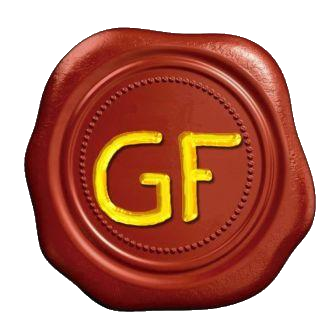What is Sea Glass?
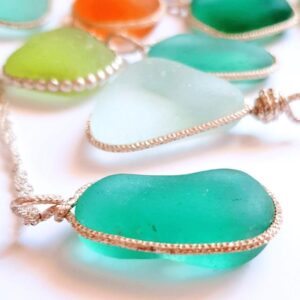 Gems of the ocean
Gems of the ocean
It is simply parts of broken glass that have been discarded into an ocean and rolled and tumbled for a very long time, decades, and sometimes for a hundred years. This process causes friction, produces characteristic textures, and softens sharp edges into clean rounded edges with pit or nick marks. The physical and chemical weathering processes have natural frosted glass. Sometimes natural ‘C’ patterns are apparent in the frosted nicks.
Over the years, sea glass will be increasingly difficult to find because as we know in the past, most of the edible products we consume come in glass containers, and currently those containers, not all but most, are replaced by plastic because it is cheaper. That is why the SEA glass is not garbage, Mother Nature wisely took a long time to turn them into treasures that we should value and appreciate.
I only use real, genuine sea glass, hand collected mainly on Aruba’s shores, and carefully selected by me. I use only sea glass qualify as jewelry-grade (high quality) to obtain delicate, exclusive, and high-quality jewelry.
Colors and rarity of Sea Glass
The wonderfulness of sea glass in a variety of colors; some sea glass colors are more valued than others. Other characteristics are size, shape, condition, and age, which also contribute to sea glass rarity. The color of sea glass is determined by its original source. Most sea glass comes from glass bottles, but also from jars, dinner plates, windows, windshields, etc. These sea glass colors can be classified as: 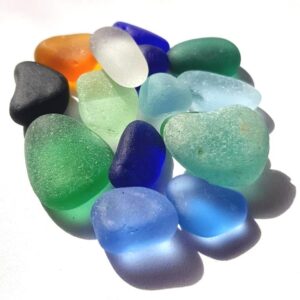
Common colors: kelly green and brown, white or clear. These colors predominantly come from glass bottles mostly used by companies that sell beer, juices, soft drinks, and other beverages. Clear or white glass comes from clear plates and glasses, windshields, windows, and other sources.
Less common: jade, amber from whiskey bottles, medicine, spirits, and early bleach bottles. Lime green from soda bottles during the 1960s, golden amber, forest green, olive green, and citron from wine bottles, champagne, and seafoam green from Coca-Cola bottles.
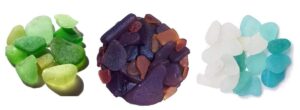 Rare Colors: cobalt blue from many medicines and even poisons, cornflower or light blue, teal, aqua, peach, and purple mostly from decorative glassware.
Rare Colors: cobalt blue from many medicines and even poisons, cornflower or light blue, teal, aqua, peach, and purple mostly from decorative glassware.
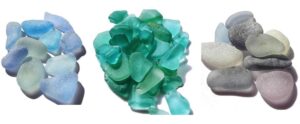 Ultra or extremely rare colors include ruby red, true red, and orange; which is like the diamond of sea glass and comes from an old decorative household item. Yellow, gray, black, and turquoise.
Ultra or extremely rare colors include ruby red, true red, and orange; which is like the diamond of sea glass and comes from an old decorative household item. Yellow, gray, black, and turquoise.
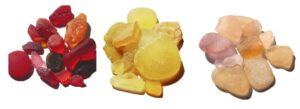 More sea glass considerate are ultra-rare are: mixed color sea glass, milk sea glass in different colors, marbles, stoppers, pattern pieces, ultraviolet sea glass
More sea glass considerate are ultra-rare are: mixed color sea glass, milk sea glass in different colors, marbles, stoppers, pattern pieces, ultraviolet sea glass
Read more about sea glass in Aruba

